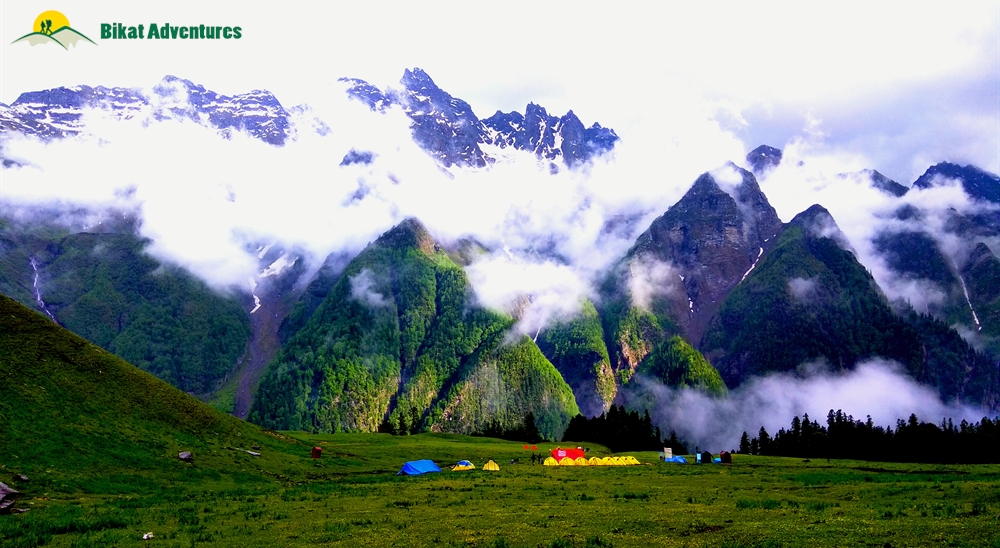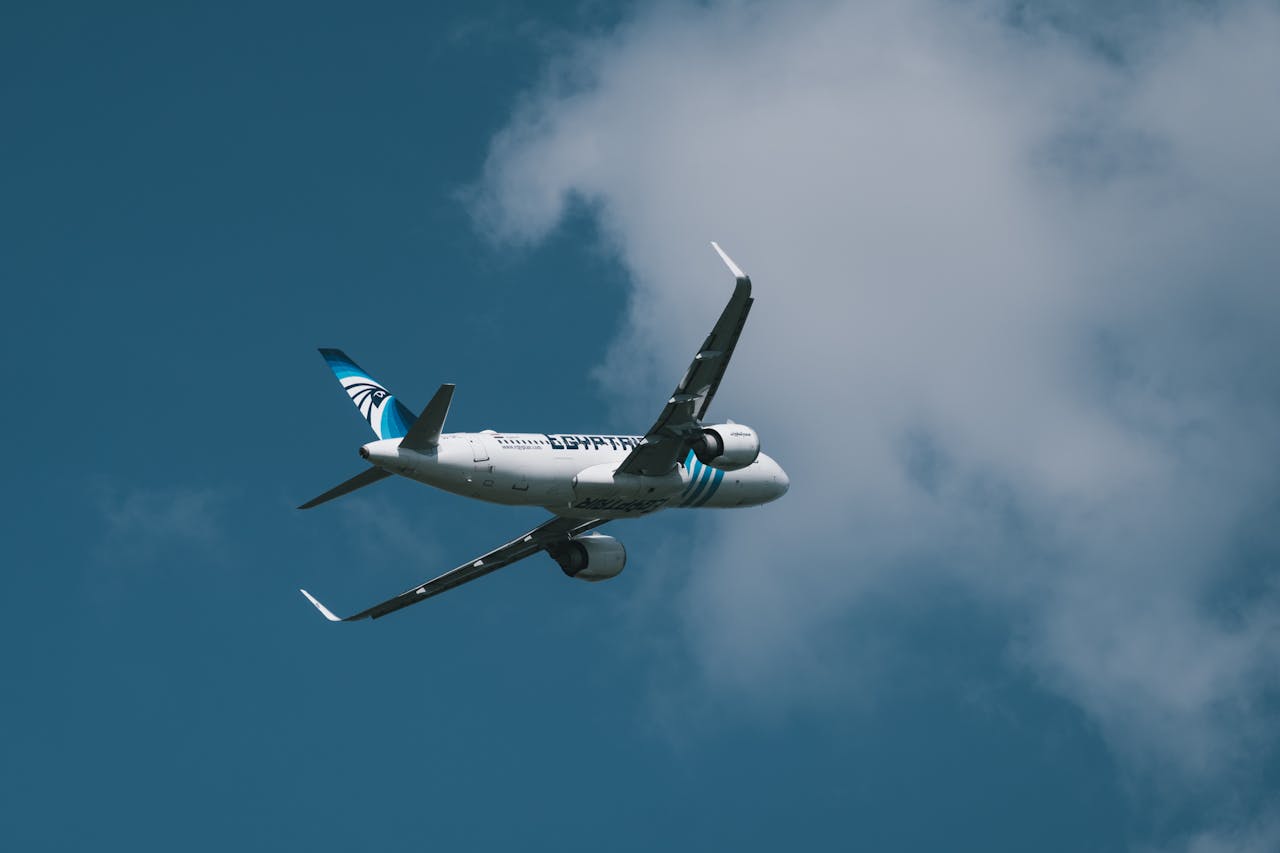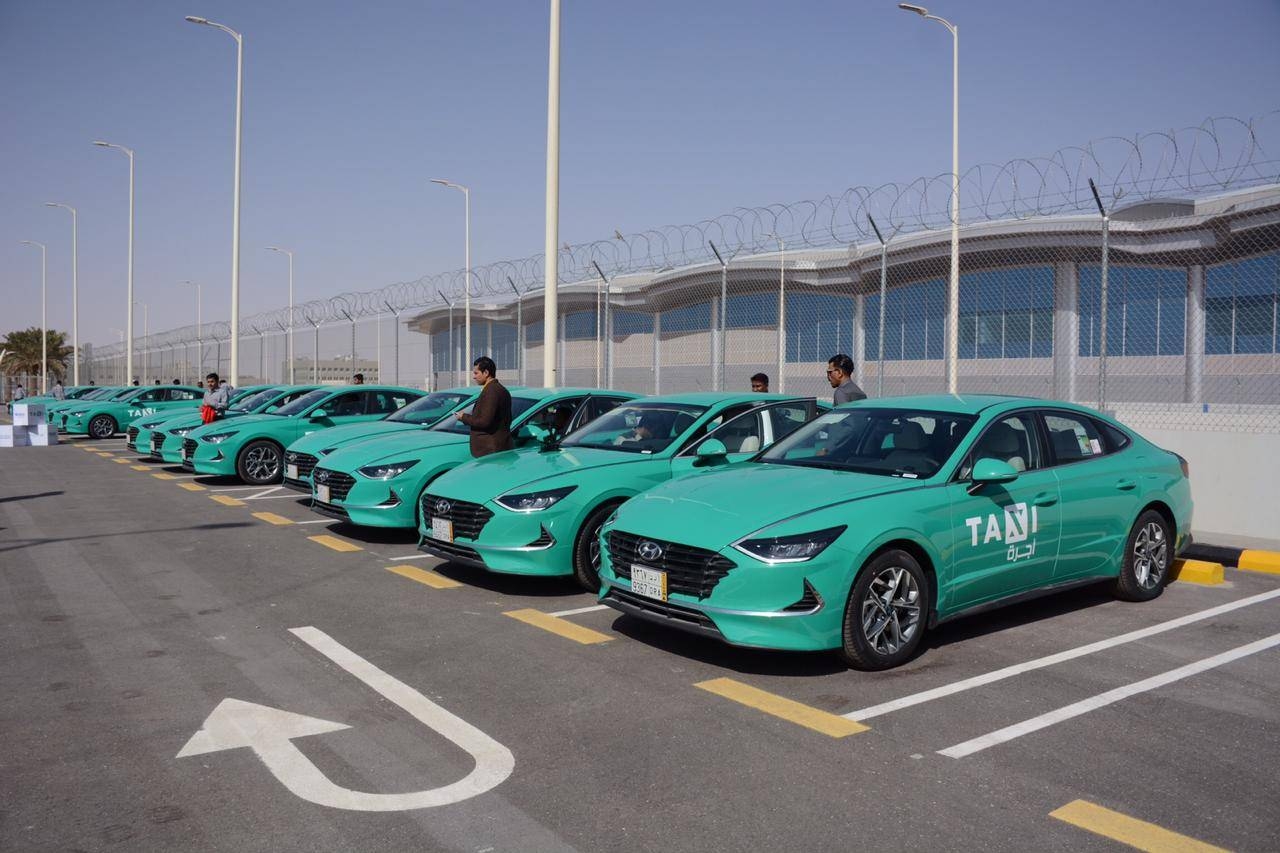The awe-inspiring Himalayas, with their towering peaks and pristine landscapes, have long captivated the hearts of adventure enthusiasts worldwide. Among the myriad trekking trails that wind through these majestic mountains, the Buran Ghati Pass Trek stands out as a true gem, offering an unforgettable experience that combines breathtaking scenery, challenging terrain, and a rich cultural tapestry.
Trek Overview
The Buran Ghati Pass Trek is a moderate to challenging multi-day trek situated in the picturesque Kinnaur district of Himachal Pradesh. This exhilarating journey takes trekkers through a diverse array of landscapes, from lush meadows and dense forests to glacial valleys and snow-capped peaks, culminating in the adrenaline-fueled ascent to the Buran Ghati Pass, perched at an impressive altitude of 4,575 meters (15,000 feet).
Location and Background
Nestled in the heart of the Pabbar Valley, the Buran Ghati Pass Trek commences from the quaint village of Janglik, located approximately 150 kilometers from the renowned hill station of Shimla. This remote region, steeped in ancient traditions and untouched natural beauty, offers a glimpse into the authentic rural life of the area, providing trekkers with a unique opportunity to immerse themselves in the local culture.
Highlights of the Trek
1. Buran Ghati Pass
The crown jewel of this trek is undoubtedly the Buran Ghati Pass itself. Crossing this formidable pass at a staggering height of 15,059 feet is an adrenaline-inducing experience that tests the physical and mental fortitude of even the most seasoned trekkers. The steep ascent through snow-covered terrain, aided by an ice ax, presents a thrilling challenge, but the breathtaking vistas of the surrounding mountain ranges that unfold at the summit make every effort worthwhile.
2. Chandrahan Lake
Another highlight of the Buran Ghati Pass Trek is the pristine Chandrahan Lake, a glacial wonder nestled at an altitude of approximately 13,900 feet. Believed to be the origin of the Pabbar River, this serene lake is surrounded by towering peaks and is considered sacred by the locals, who revere it as a divine creation.
3. Janglik Village
The journey begins in the charming village of Janglik, where trekkers are greeted by colorful houses and glimpses of rural life. As they embark on the trail, they’ll meander through fields adorned with vibrant wildflowers, with the majestic Himalayan massifs serving as a stunning backdrop, providing a refreshing contrast to the hustle and bustle of urban living.
Difficulty Level and Duration
The Buran Ghati Pass Trek is a moderate to difficult trek, requiring a good level of physical fitness and mental preparation. With steep ascents and descents, challenging terrain, and high altitudes, this trek is recommended for individuals aged 15 and above who possess prior high-altitude trekking experience and are in excellent physical condition.
The duration of the trek is typically 7 days, during which trekkers will traverse through various landscapes, from lush meadows and dense forests to cascading waterfalls and gurgling streams, ensuring a diverse and captivating experience.
Best Time to Visit
The Buran Ghati Pass Trek is considered one of the best treks in May, as the region is blessed with favorable weather conditions during this month. However, the trek can also be undertaken in June, September, or October, depending on individual preferences and weather patterns.
Getting There
To reach Janglik, the base camp for the Buran Ghati Pass Trek, trekkers can choose from various modes of transportation, including road, air, or rail. The most convenient option is to travel to Shimla, from where Janglik is easily accessible by road.
By Road
Himachal Road Transport Corporation (HRTC) buses are available from major cities in Northern India, connecting them to Shimla. From Delhi, the capital city, trekkers can board a bus to Shimla from Kashmere Gate, covering a distance of approximately 340 kilometers.
By Air
Jubbarhatti Airport, located 22 kilometers from Shimla, serves as the nearest airport for those opting to travel by air. Flights to Delhi or Chandigarh can be booked, followed by a road journey to Shimla.
By Rail
For those seeking a more scenic route, booking a train to Kalka railway station and then taking the delightful Toy Train ride to Shimla is an excellent option, providing a memorable start to the trekking adventure.
Itinerary and Trail Details
The Buran Ghati Pass Trek follows a well-defined itinerary, ensuring a seamless and organized experience for trekkers. Here’s a detailed breakdown of the trek:
Day 1: Shimla to Janglik (2,804 meters)
- Distance: 150 kilometers
- Duration: 8-9 hours
The journey begins with an early morning assembly in Shimla, followed by a scenic drive along the Pabbar River, passing through mixed forests and picturesque villages adorned with traditional Himachali homes and step fields of wheat. The road crosses the Pabbar River at Tonglu and then climbs to Janglik, the base camp for the trek.
Day 2: Janglik to Dayara (3,366 meters)
- Distance: 7.7 kilometers
- Duration: 5-6 hours
Trekkers will cross through the village homes of Janglik before embarking on a steep initial trail. After gaining considerable elevation, they’ll be rewarded with stunning views of the valley, including glimpses of Janglik, Tonglu, and nearby villages. The trail then enters the forest, providing a welcome respite from the sun, before emerging into lush meadows.
Day 3: Dayara to Litham (3,533 meters)
- Distance: 5.6 kilometers
- Duration: 3-4 hours
This day’s journey takes trekkers through a diverse array of landscapes, including forests, meadows, and gushing streams. They’ll cross the Chandranahan Stream and arrive at the beautiful Litham campsite, with the Chandranahan waterfalls and the famed Chandranahan Lake in the distance, setting the stage for the adventure ahead.
Day 4: Litham to Chandranahan Lakes (4,029 meters) and back to Litham
- Distance: 8.3 kilometers
- Duration: 5-6 hours
The highlight of this day is the excursion to the Chandranahan Lakes, a glacial marvel fed by melting snow from the surrounding mountains. Trekkers will follow the trail upstream, crossing ridges and the snout of a waterfall, before reaching the serene lake, providing an opportunity to acclimatize for the trek ahead.
Day 5: Litham to Dunda (4,025 meters)
- Distance: 4.3 kilometers
- Duration: 3-4 hours
Continuing along the Pabbar River, trekkers will pass through Khubrini Thach and leave the tree line behind, climbing steeply through boulders to reach Dunda Thach, situated at the foot of the Buran Ghati Pass.
Day 6: Dunda to Manerang (3,338 meters) via Buran Ghati Pass (4,575 meters)
- Distance: 8 kilometers
- Duration: 9-10 hours
The most challenging and exhilarating day of the trek, trekkers will ascend to the Buran Ghati Pass, navigating through boulders and a steep ridge. From the base of the pass, the climb to the top takes approximately one hour, rewarding trekkers with mesmerizing panoramic views. The descent on the other side is a steep drop, often requiring the use of ropes and sliding down a snow field, making for an adrenaline-pumping experience.
Day 7: Manerang to Barua (2,510 meters) and onward to Shimla
- Distance: 5.7 kilometers + 250 kilometers drive
- Duration: 2-3 hours
The final day of the trek involves descending down the valley, crossing streams and passing through grasslands and pine forests, before arriving at Kahrcham. From there, trekkers will board vehicles for the return journey to Shimla, marking the end of the Buran Ghati Pass Trek.
Day 8: Buffer Day
This day is reserved as a contingency plan in case of unexpected and unforeseeable conditions that may prevent the group from reaching their destination as planned.
What’s Included and What’s Not
Most reputable trekking operators will provide a comprehensive package for the Buran Ghati Pass Trek, ensuring a hassle-free and well-organized experience. Typically, the package includes:
- Food as per the predetermined menu on the trek
- Forest permits and camping charges (up to the amount charged for Indian nationals)
- Tents, sleeping bags, and sleeping mats
- Safety equipment, including static rescue ropes, seat harnesses, carabiners, and pulleys
- Experienced trek guides, cooks, helpers, and porters for carrying common supplies
- Certified Mountaineering Trek Leader with Wilderness Emergency Responder and Rescue training
However, some items may not be included in the package, such as:
- Portage of personal bags during the trek
- Cost of any kind of travel insurance (highly recommended)
- Personal expenses
- Meals during road journeys
It’s essential to carefully review the inclusions and exclusions before booking your trek to ensure a transparent understanding of what is covered and what additional costs may be incurred.
Eligibility and Preparation
The Buran Ghati Pass Trek is suitable for trekkers with prior high-altitude trekking experience, preferably having completed at least one BRS (Bikat Rating Scale) level 3 trek or equivalent. A certain level of physical fitness and endurance is required to tackle the challenging terrain and high altitudes encountered on this trek.
Fitness Benchmark
To gauge your readiness for the Buran Ghati Pass Trek, consider the following fitness benchmarks:
- Ability to jog or run for 4 kilometers in 30-35 minutes
- Capacity to walk continuously for 8 kilometers on a slight incline
- Ability to hold your breath for 40 seconds
- Capability to climb 30 floors without a break
- Ability to perform 10 push-ups and 15 sets of lunges and squats
If you meet these benchmarks, you are well-prepared for the physical demands of the trek. If not, it’s advisable to start a training regimen well in advance to build the necessary endurance and strength.
Prerequisite Skills
In addition to physical fitness, trekkers should possess certain skills to ensure a safe and enjoyable experience on the Buran Ghati Pass Trek. These skills include:
- Layering techniques for Himalayan treks
- Mountain mannerisms and etiquette
- Techniques for ascending and descending steep gradients
- Familiarity with using a sleeping tent
- Ability to work together as a team
- Experience walking in snow
If you lack these skills, it’s recommended to seek guidance from experienced trekkers or enroll in a preparatory course to acquire the necessary knowledge and techniques.
Packing Essentials
Proper packing is crucial for a successful and comfortable trekking experience. Here’s a comprehensive packing list to help you prepare:
Trekking Gear
- Rucksack bag with rain cover
- Day pack bag (recommended for treks with summit days)
- Headlamp or head torch with spare batteries
- UV protection sunglasses
- Two 1-liter water bottles
Footwear
- Non-skid, deep-treaded, high-ankle trekking shoes
- Pair of lightweight slippers or sandals
Clothing
- Quick-dry warm lower or track pants (2 pairs)
- Full-sleeved T-shirts or sweatshirts (1 for every 2 days of trekking)
- Thick woolen socks (1 pair for every 2 days of trekking)
- Thermal base layers (upper and lower)
- Undergarments (1 for every day of trekking)
- Warm jacket with closed wrists and neck
- Full-sleeved sweater
- Rainwear (jacket and pants)
- Waterproof, warm gloves
- Woolen cap
- Sun-shielding hat
Toiletries
- Personal toiletries kit (small towel, toilet paper, soap, toothbrush, toothpaste, cold cream, etc.)
- Sunscreen lotion (small pack)
- Lip balm (small pack)
Utensils
- Small, lightweight, and leak-proof lunchbox
- Plate
- Spoon
- Tea or coffee mug (plastic)
Miscellaneous
- Camera (optional)
- Medications (if any, consult your doctor)
- Dry fruits, nuts, and chocolate bars (optional)
Remember, proper packing not only ensures your comfort but also contributes to a safer and more enjoyable trekking experience.
Conclusion
To embark on the Buran Ghati Pass Trek, it is essential to have the necessary physical fitness, as well as a set of skills that will ensure a safe and enjoyable experience. These prerequisite skills include mastering layering techniques specifically designed for Himalayan treks, understanding mountain mannerisms and etiquette, being proficient in techniques for ascending and descending steep gradients, having familiarity with using a sleeping tent, possessing the ability to work together as a team, and having experience walking in snow. If you find yourself lacking in any of these skills, it is highly recommended to seek guidance from experienced trekkers or consider enrolling in a preparatory course that will equip you with the necessary knowledge and techniques.
In addition to skills, proper packing is crucial for a successful and comfortable trekking experience. To help you prepare, here is a comprehensive packing list that covers all the essential trekking gear. It is important to have a rucksack bag with a rain cover to protect your belongings from unpredictable weather conditions. Additionally, a day pack bag is recommended for treks that involve summit days, providing you with the convenience of carrying essential items without the burden of a heavy load. A headlamp or head torch with spare batteries is essential for navigating in low-light conditions, while UV protection sunglasses will shield your eyes from the harsh mountain sun. It is advisable to carry two 1-liter water bottles to stay hydrated throughout the trek.
When it comes to footwear, non-skid, deep-treaded, high-ankle trekking shoes are a must to provide stability and support on rugged terrains. It is also recommended to pack a pair of lightweight slippers or sandals for relaxation during breaks. As for clothing, quick-dry warm lower or track pants are essential, and it is advisable to carry two pairs for longer treks. Full-sleeved T-shirts or sweatshirts should be packed, with one for every two days of trekking. Thick woolen socks are necessary, with one pair for every two days of trekking. Thermal base layers for both the upper and lower body are crucial to keep you warm in cold temperatures. It is important to pack enough undergarments for each day of trekking. A warm jacket with closed wrists and neck, along with a full-sleeved sweater, will provide additional warmth. Rainwear in the form of a jacket and pants is essential to protect you from unexpected showers. Waterproof, warm gloves are necessary to keep your hands protected, and a woolen cap and sun-shielding hat will provide protection for your head.
In terms of toiletries, it is important to have a personal toiletries kit that includes a small towel, toilet paper, soap, toothbrush, toothpaste, and cold cream. Sunscreen lotion and lip balm are also essential to protect your skin from the harsh mountain sun. Utensils such as a small, lightweight, and leak-proof lunchbox, a plate, a spoon, and a plastic tea or coffee mug should be packed to ensure you have the necessary tools for meals and beverages. Miscellaneous items that you may consider packing include a camera to capture the breathtaking views along the trek, any necessary medications as advised by your doctor, and some dry fruits, nuts, and chocolate bars for a quick energy boost.
Remember, proper packing not only ensures your comfort but also contributes to a safer and more enjoyable trekking experience. By having the necessary skills and packing the right gear, you will be well-prepared to tackle the challenges and embrace the beauty of the Buran Ghati Pass Trek.





